Assignment – DES336 Animation for the creative industries
Brief 2
When I was given the two options for this assignment, I leaned more toward character design and background design because I enjoy creating characters and I believed I could do well at it given that I spent a lot of time developing the backstories and lore for each of my childhood characters while growing up.

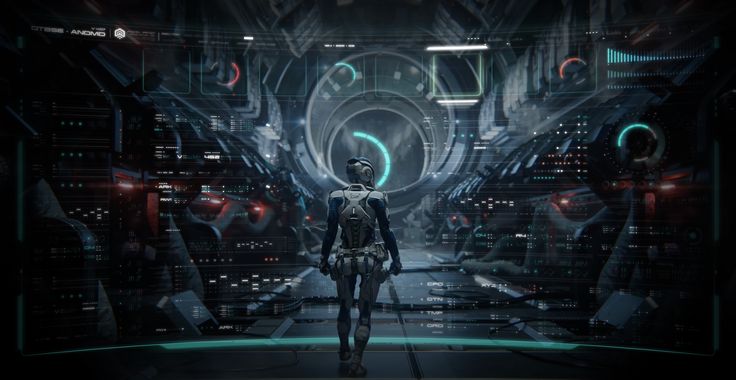



When I was given the two options for this assignment, I leaned more toward character design and background design because I enjoy creating characters and I believed I could do well at it given that I spent a lot of time developing the backstories and lore for each of my childhood characters while growing up.










The driving force behind animated films, television series, and video games is narrative. Character also drives stories. These characters are intended to be likeable, physically appealing, and memorable through character design.
Artists can design characters entirely from scratch in the worlds of animation and visual arts. As a result, they are able to leverage every element of design to develop a distinctive identity. For a better understanding of how character design is more focused on storytelling than just producing a beautiful sketch.
Elements of a Strong Character Design

The key to a good character design is simplicity. This calls for not only having an engaging design but also one that stands out regardless of how we perceive the character. The three elements of effective character design are listed below.
Silhouette
Simply described, a character silhouette is what remains when all colours and details are eliminated and the figure shape’s outline is entirely filled with black.


Many of these characters may be identified by their silhouettes, if you’re like me. True, many of these characters are legendary, but their iconic status is a result of their strong, distinct character designs.
Having a firm grasp of shape language is crucial when designing a distinctive character silhouette.
Character designers also need to employ colour carefully and strategically in addition to geometry.
Palette
The usage of colour by a character designer is referred to as their palette. Additionally, colour selectivity is crucial. The last thing you want is a character with a palette that is oversaturated with colours without any sense of hierarchy. Instead of engaging the audience, this will ultimately distract them.
It’s crucial to attempt and make one colour the protagonist of a character and to utilise other colours as little as possible to support that hue. Use complementary hues as opposed to ones that clash.
It is simple to get carried away with colour when designing a character, generating brilliant and intricate colour schemes. But keep in mind that a simpler colour scheme is usually best.
Exaggeration
Exaggeration is likely the most crucial aspect of character design among all three of these key elements from the viewpoint of narrative. Exaggeration uses particular traits to intentionally generate emotional and psychological reactions from a viewer to a character.
It can depend on these exaggerated traits whether a figure is perceived as heroic or scary by the audience. Exaggeration is the best storytelling technique for creating characters.
Three essential elements of effective character design are exaggeration, exaggerated silhouette, and colour palette. These three components are frequently at the heart of what makes a character design memorable or completely forgettable, despite the fact that there are many other factors that a character designer must take into account.

What does an animation layout artist and background designer do?
A background designer’s duties include creating backgrounds for fresh scenery and painting or drawing those backgrounds for the finished animation.
Some studios employ backdrop painters who are tasked with creating only the finished backgrounds. In some cases, backdrop painters even take on the role of designers, coming up with new settings under the direction of the art director.
Every background painter and designer adheres to a particular aesthetic based on the animation.
When you contrast the backdrops of vintage Road Runner cartoons with those of contemporary TV programmes like Adventure Time or Family Guy, you can see the contrasts. Each cartoon has its own distinct style, thus the backdrop artist must develop settings that fit both the cartoon’s visual aesthetic and are plausible as real places.
The differences between jobs for backdrop painters, background artists, and background designers are probably minimal.
But a background designer and a layout designer differ slightly from one another. Each shot of the animation has a completely drawn black and white version of the final backdrops taken from the storyboards by the layout designer (or layout artist).
Artists who create storyboards create the individual animation scenes. Character positions and settings are featured in each scene. This serves as a general template that the layout designer can copy and then fine-tune to fit the background within the cartoon’s visual aesthetic.
Then the layout comps are evaluated by the art director. The layouts move on to be painted and completely rendered if everything looks fine.
Designers of backgrounds frequently perform all of these tasks. Because you’re envisioning new places, drawing them, and then painting them for the finished animation, backdrop work may be very demanding.


My boyfriend and I discussed several concepts and ideas after doing extensive research and speaking with others about what I could accomplish for this assignment. Eventually, we settled on the notion that I should come up with a backstory and history for my fictional world and its inhabitants.
All though my initial concept was to be an alien or creature and to be based in a futuristic fantasy world like those in Star Wars, Mass Effect, and some of the short stories Love, Death & Robots, I ultimately decided on the concept of having an advanced civilization that would be based on animals. My preferred animal of choice was dogs, as I like the idea of having a society of Pedigree and Mix breed aka Mutts.
In the same way that dogs are divided into pedigree and mixed breeds in the real world, with pedigrees being seen as the superior of the two, I wanted to play with this idea and create a world concept and characters that would still adhere to the original concepts of an advanced fantasy world.

My World Concept/Lore
Ludlow Falls
Similar to Piltover in League of Legends, Ludlow Falls is separated into an upper class and a lower class.
Thought process for design the big three!
Given that I intended my Big Three to be based on canine dog breeds, I started researching different types to determine which could be the most appropriate for my protagonist, antagonist, and non-player character (NPC).
I was pretty immediately certain that I wanted my antagonist, Tex, to be a giant purebred dog, such an Irish wolfhound, Cane corso, or another large breed.
I decided to base Tex on a Harley Quinn great dane because I believed that for a villain type character, the Harley Quinn great dane would be a wonderful start as they seem royal and intimidating. I thought I could play around with this concept when I started designing, such ass giving cropped ears and I really like the idea Alec my teacher made while giving me feedback, The thought that Tex have concealed cybernetic alterations that are not visible to the human eye, such as like that.He claimed that his dark sercet under his flesh wouldn’t be evident unless he was really hurt.
I decided on a bully mix breed, such as a pit bull or a staffie, as I myself have a staffie mix, thus my own dog Loki became the main influence for Dog. I looked at the many possible mix breeds of dogs that I could base Dog off and constructed a character around a certain mix of breeds.
Pitbulls, Staffies, and other bully breeds are, as far as I’m aware, frequently seen as dangerous breeds and even classified as dogs, which I felt would play into my design for Dog.
My Protagonist
Dog (Friend’s call him D for short)
Dog, like many other residents of the Ludlow Falls slums, desires a better life for both himself and his family, but due to his ancestry, this is not possible. Your bloodline alone is enough to judge you as unworthy.
My Antagonist
Tex Valentino
My NPC
Buster
Buster is a mixed-breed terrier who, like Dog’s father, is a close companion and a warrior. Like many dogs before him, Buster wanted a better life for himself, but his fighting days are over because he was hurt during one of his fights during the early Valentino Street fights. Today, he is a retired fighter who owns a small boxing gym where he instructs other dogs in the skills that he has honed over the years.
~Portfolio~
Character Design
Protagonist Design : Dog aka D
First Pass at Dog's Design,I wasnt happy with it so kept going.
As you can see, D doesn’t look much like he does in the end product, therefore my original design for him didn’t work out.


Second Pass and I was much happier with bull terrier design.


Antaggonist Design : Tex Valentino
I already had basic idea on how I wanted tex to look like,Main inspiration was Harley quinn great dane and the doberman from caravan palace music video.
Once I decided on the breed to model Tex after, it was relatively simple. I decided a Harley Quinn great dane would be appropriate because I was drawn to their commanding appearance and regal stature.


A little look inside tex's left eye modification,One of many that he has.
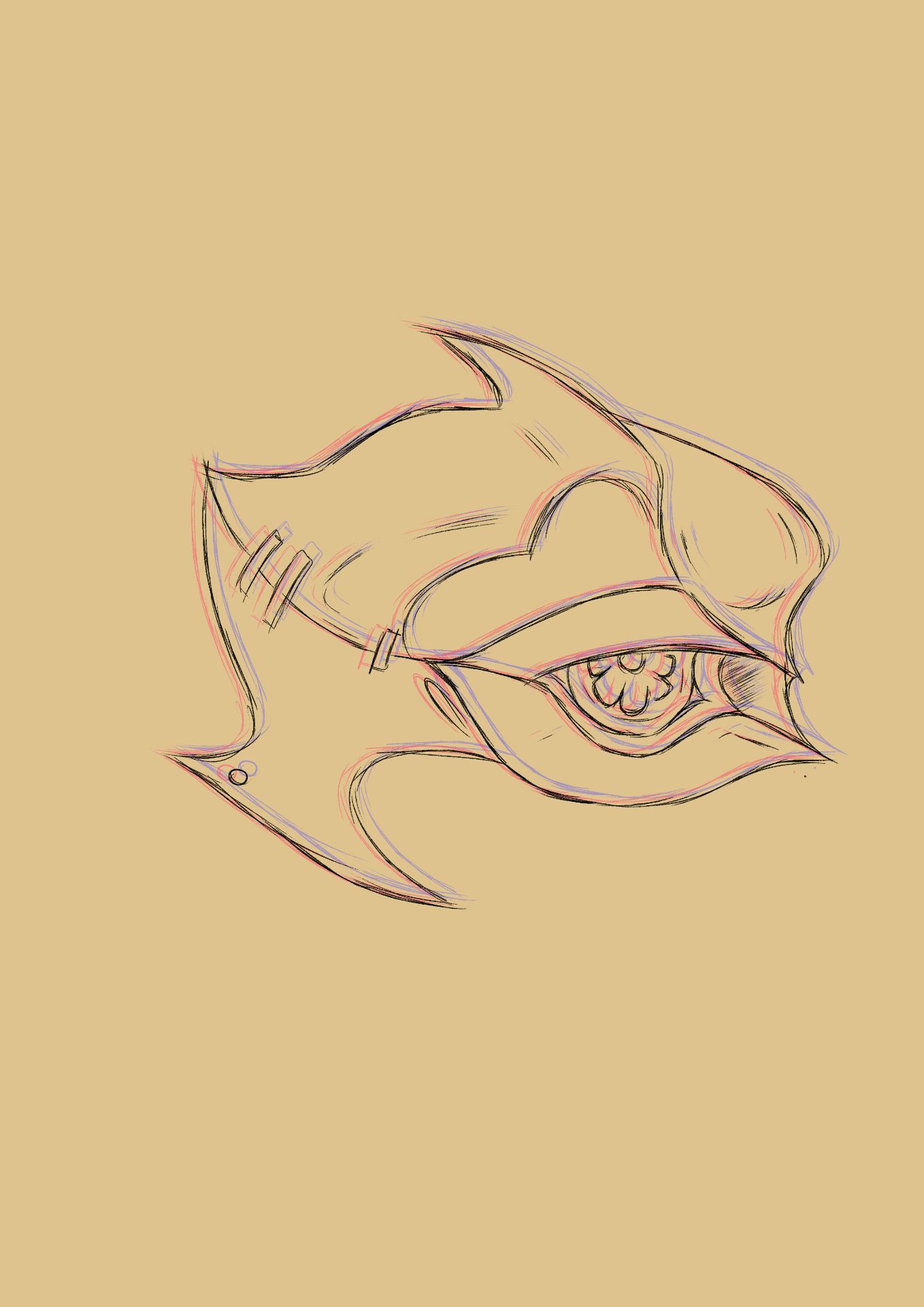
NPC Design : Buster
I had a idea right of the bad for buster when it came to his design.He is based of a jack russel,I wanted to give him a rough and scrappy look such as wired haired jack russel,Which I thought to be very fitting for his design.I even added a some bandages to his left as result of his injury and a small scar that he covers with a plaster over his nose. Thought given his a toothpick to chew on would add some character.
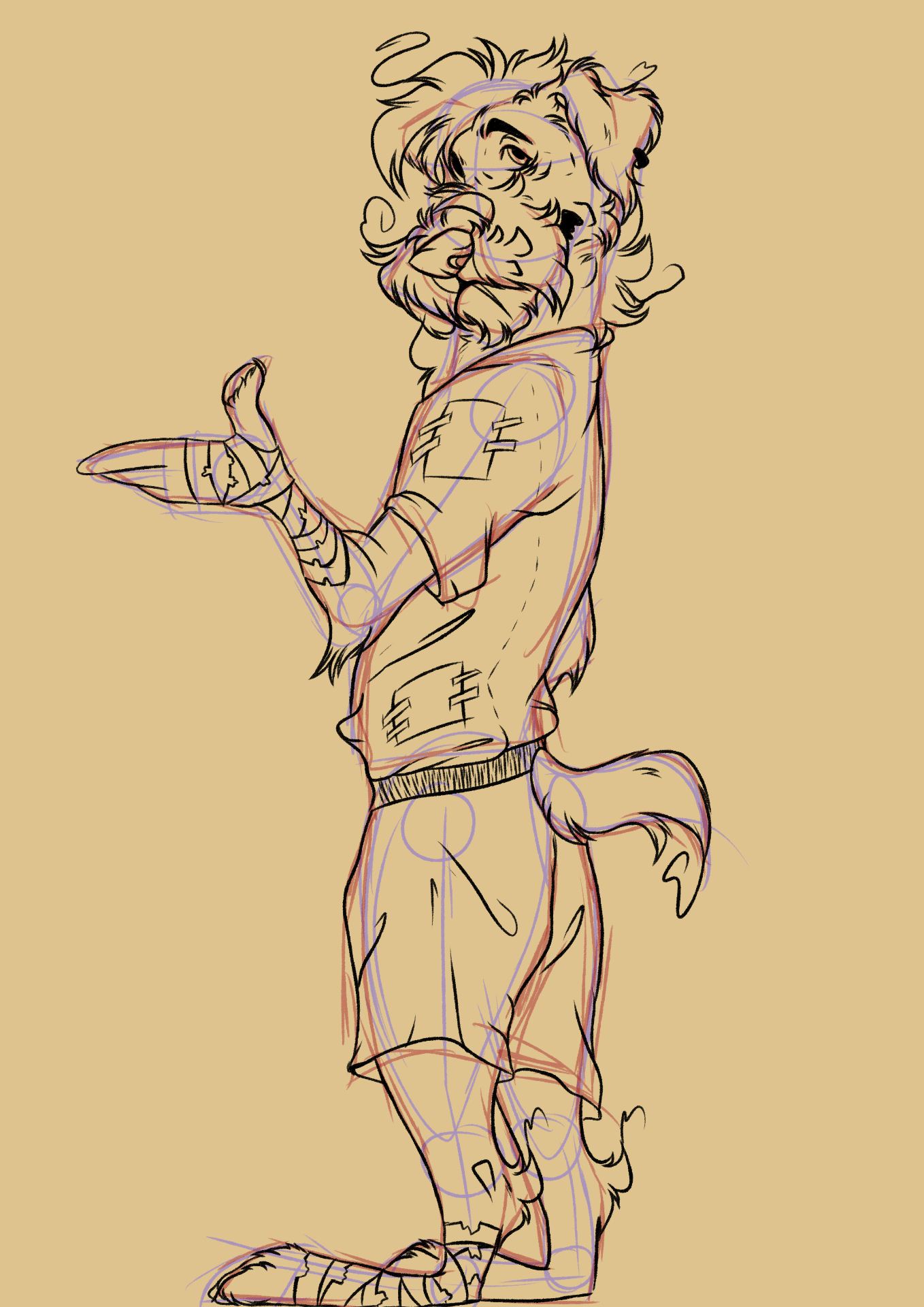



~World Design~
Background Design
Buster’s Workplace:

With the little bit of background and information I’ve shared, you should be aware from my sketch for Buster Gym that Buster and D do not lead a life of luxury like Tex.
Dog’s Base/Home:
In order to acquire ideas and inspiration for the slums, I looked at many of our actual slums.
 #
#
In terms of D’s bedroom, he continues to reside in the family home, which is not much of a home in reality because, like Buster’s Gym, it is collapsing around him and lacks even windows to keep the heat in.

Tex’s Lab For His Illgeal Cybernetic Modifications:
Concept Sketches
~ Picture References~






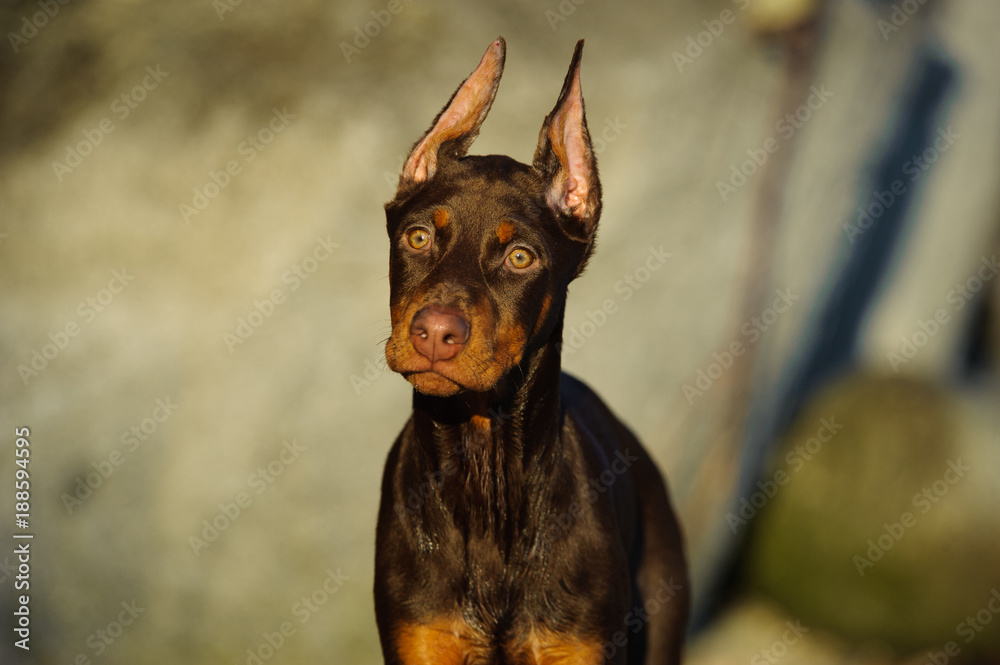









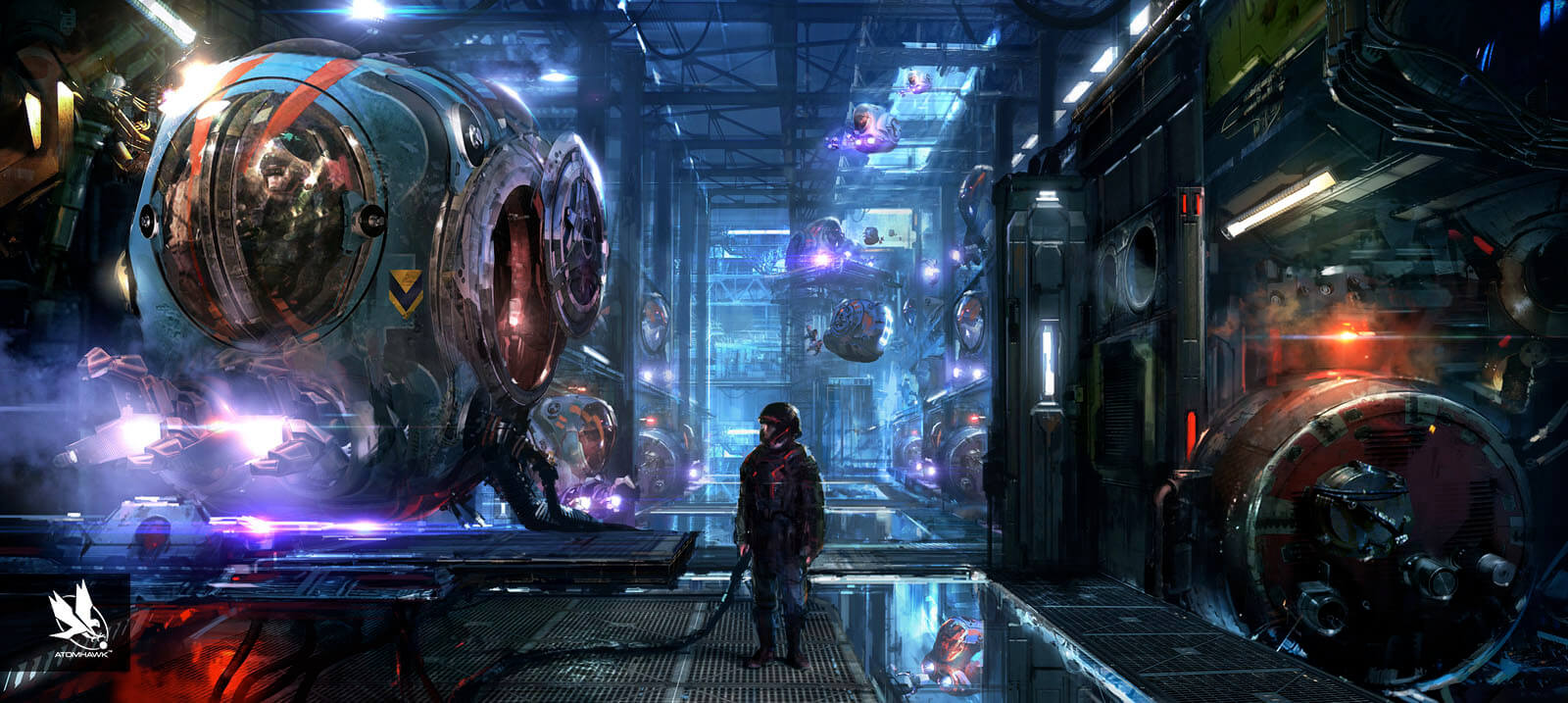





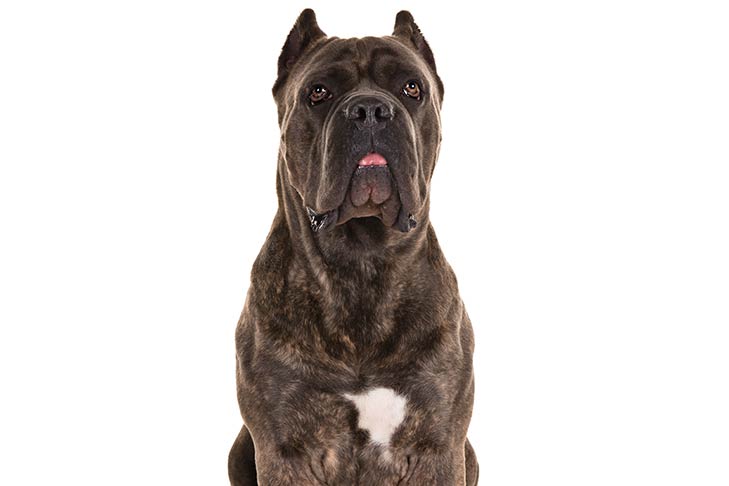

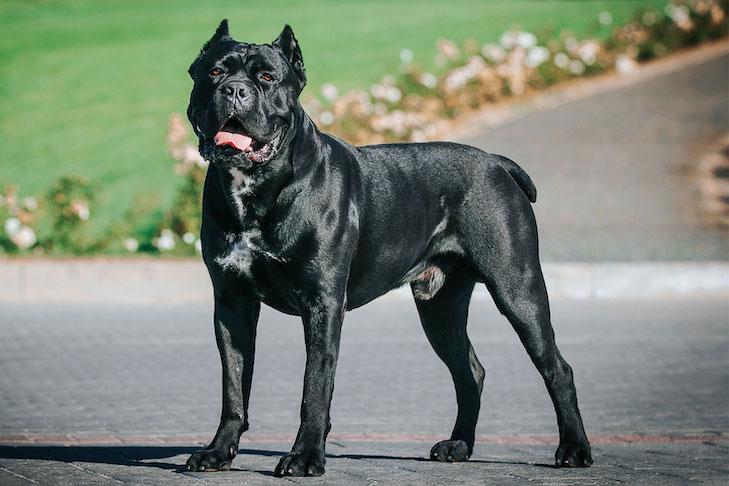














~Viedo References~



~Artist References~
Brett Northcutt




Ryan Church




Robh Ruppel




Ben Lo
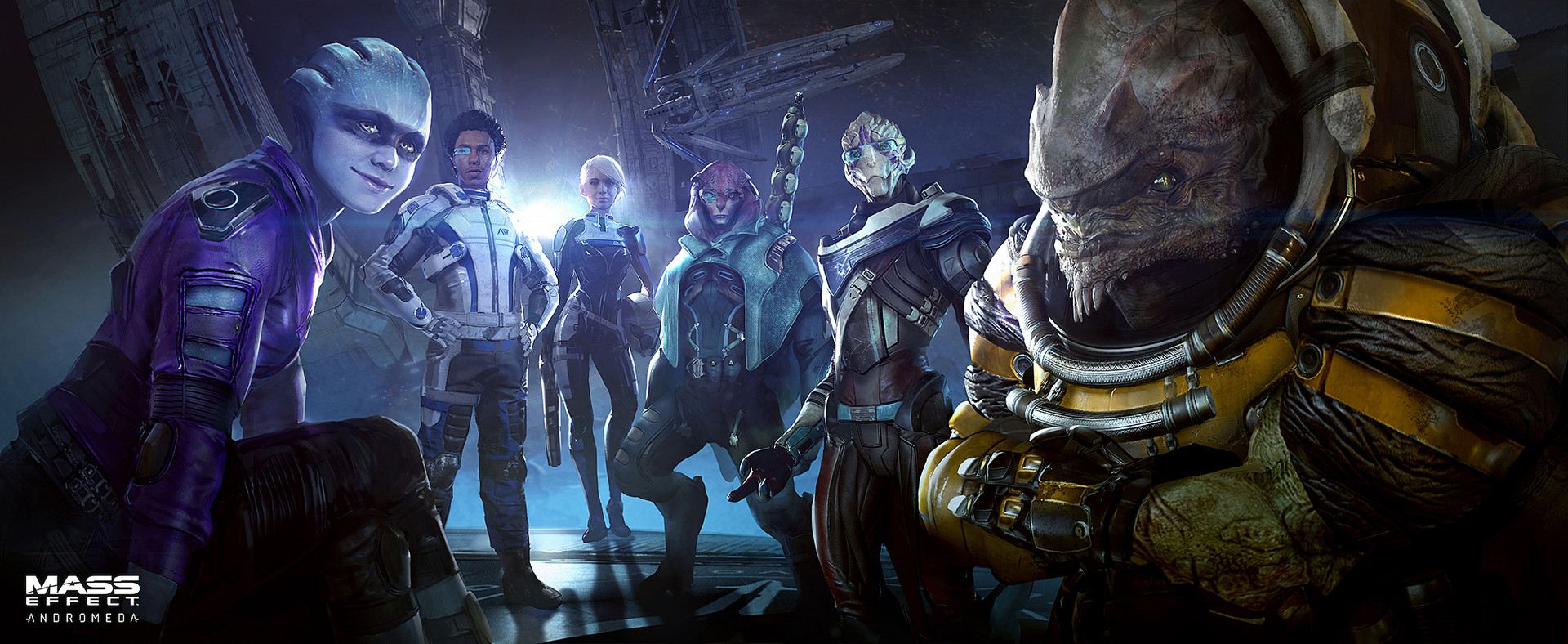



Ben Erdt




Luis Carrasco
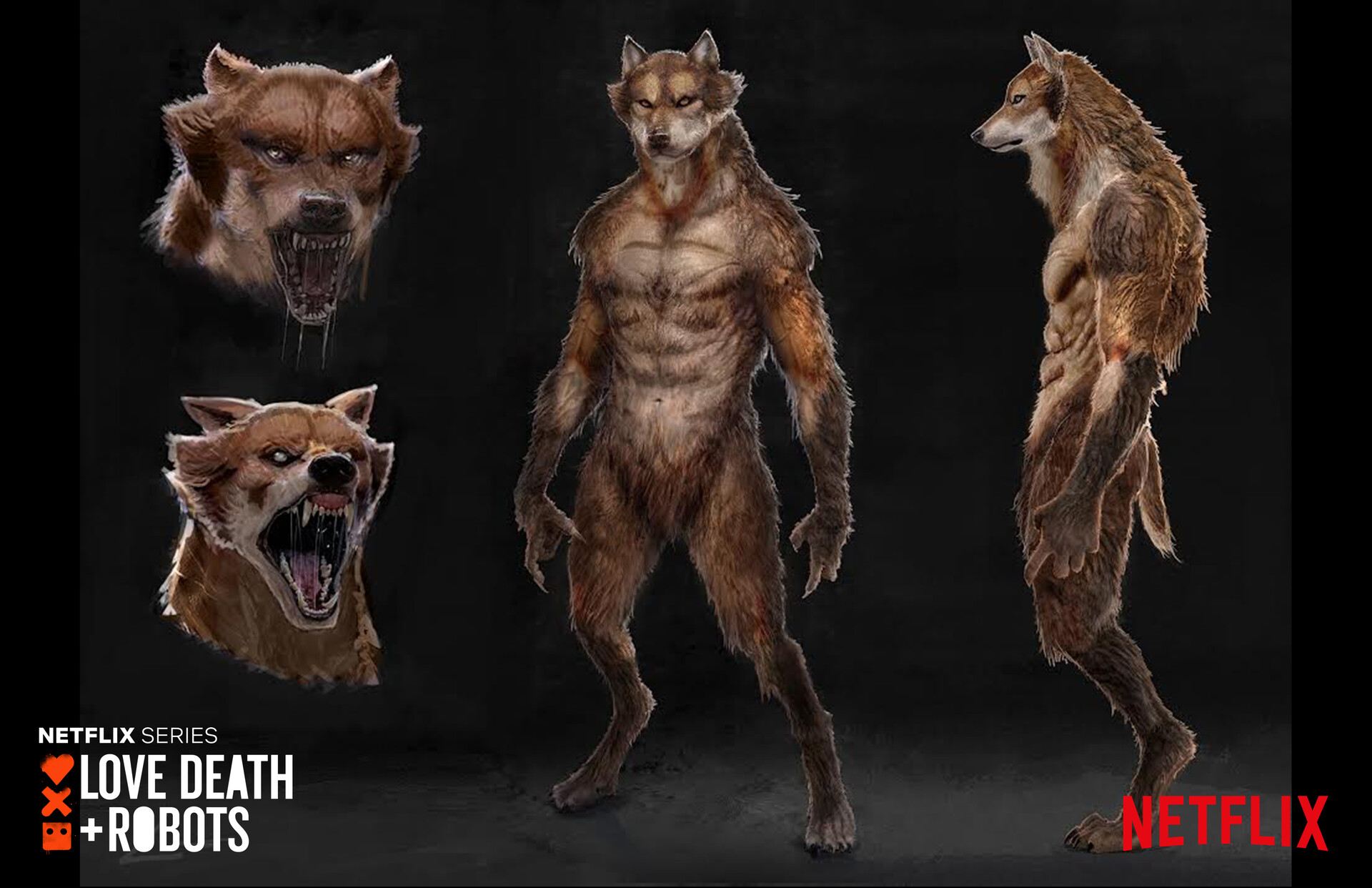



Nino Is

Tyler Edlin


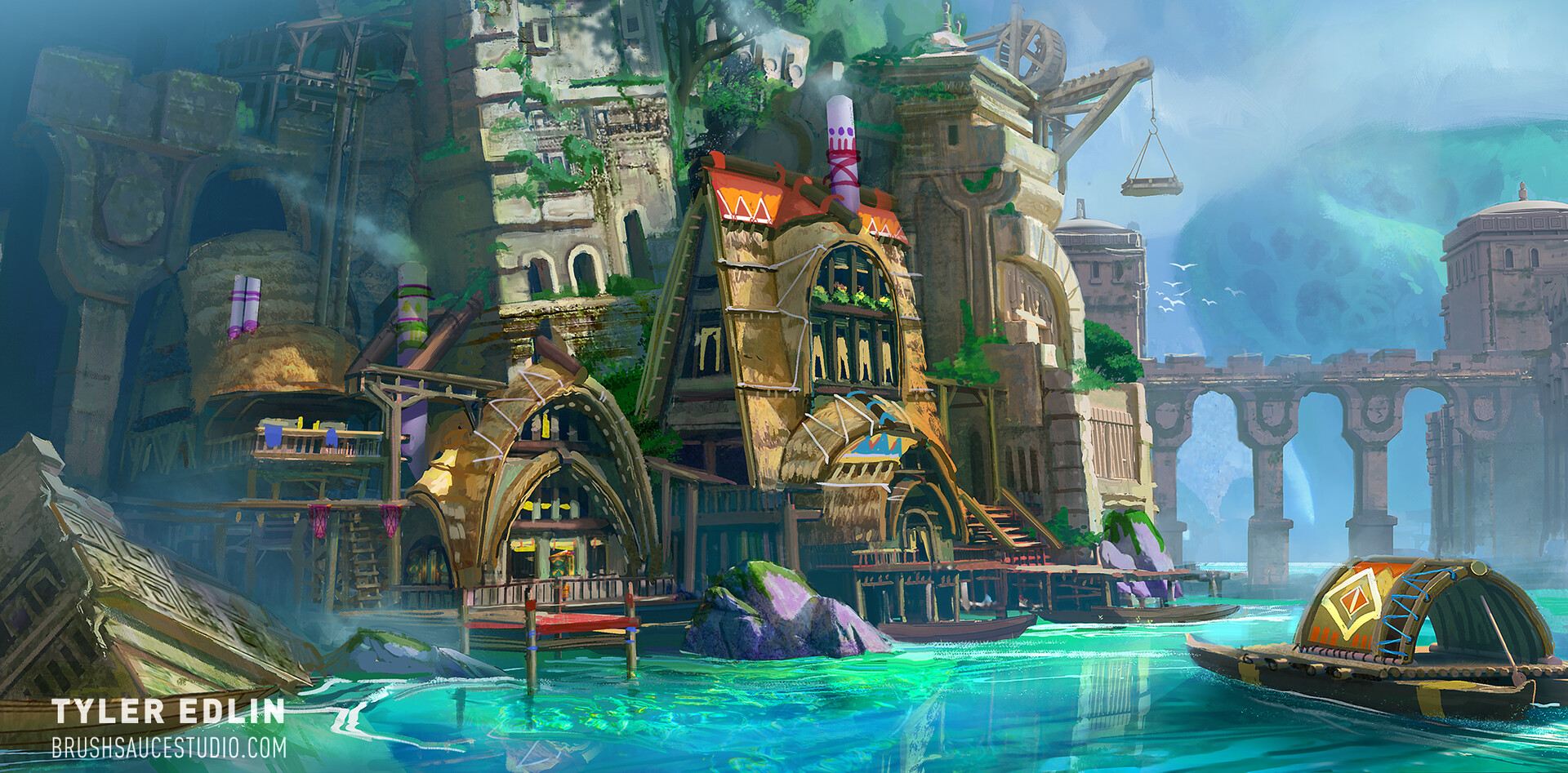

~References~
- Su, H. and Zhao, V. (2012). Alive character design : for game, animation and film : character design course by Haitao Su. Harrow: Cypi.
- Tillman, B. (2019). Creative character design. Boca Raton: Crc P.
- Eisner, W. (2008). Comics and sequential art : principles and practices from the legendary cartoonist. New York: W.W. Norton.
- Mattesi, M.D. (2008). Force : character design from life drawing. Burlington, Ma ; Oxford, Uk: Focal Press.
- Murray, J. (2010). Creating animated cartoons with character : a guide to developing and producing your own series for TV, the web, and short film. New York: Watson-Guptill Publications.
- Crossley, K. (2019). Character Design From The Ground Up. S.L.: Crc Press.
- Schell, J. (2019). The art of game design : a book of lenses. Boca Raton: Taylor & Francis, A Crc Title, Part Of The Taylor & Francis Imprint, A Member Of The Taylor & Francis Group, The Academic Division Of T&F Informa, Plc.
- Dille, F. (2007). The ultimate guide to video game writing and design. New York: Watson-Guptill Publications.
